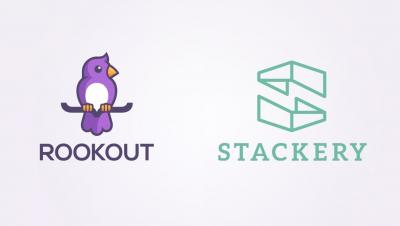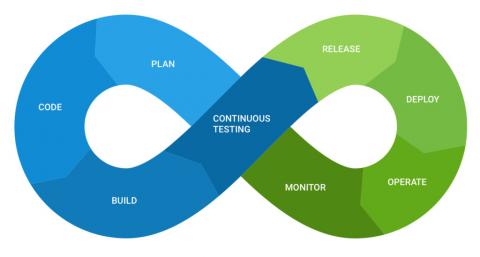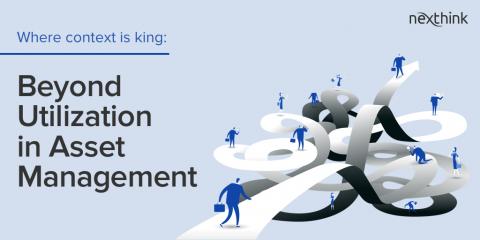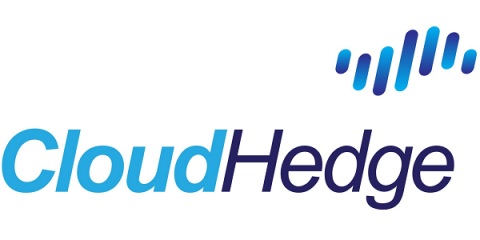Operations | Monitoring | ITSM | DevOps | Cloud
%term
Debugging Stackery Lambda Functions with Rookout
How to build a status page for you business?
How to Build Hybrid Cloud Confidence
Software complexity has grown dramatically over the past decade, and enterprises are looking to hybrid cloud technologies to help power their applications and critical DevOps pipelines. But with so many moving pieces, how can you gain confidence in your hybrid cloud investment?
BOO! Does Network Management Give You the Shivers?
How to Triage Test Failures in a Continuous Delivery Lifecycle
Continuous testing has evolved to become an important phase in modern application development and delivery. When we at Sumo Logic sketched out a plan to start delivering our microservices continuously, we knew we needed to define a delivery pipeline, which would run our automated tests and provide feedback in early phases of development.
Where Context is King: Beyond Utilization in Asset Management
Organizations need better network oversight. According to Information Week, recent data predicts “wasted” cloud spending on services and applications that aren’t fully utilized will reach $21 billion by 2021, while CIO points to Gartner research that suggests 30 to 40 percent of IT spending in large enterprises is actually funding shadow IT.
Migrating from Monolithic to Cloud Native Applications
Lately, the public cloud services market has created one of the biggest disruptions in the tech market. In fact, as per Forrester Data, public cloud services forecasted a 22% CAGR in the public cloud market from 2016 to 2020. In addition, Gartner projected the Infrastructure as a Service (IaaS) to grow 35.9% by end of 2018 to reach $40.8 billion. Looking at the potential of the cloud market and the benefits associated, right now would be the apt time to migrate from monolithic to the cloud.
Why you should market your status page like you market your product
As Symantec’s Principal ITSM Solutions Engineer, I was tasked 2 years ago with finding a way to quickly and effectively communicate incidents with our customers after a 4-day outage left our customers in the dark. I found Statuspage and knew it was the right tool for the job, offering a single place to send real-time updates to our customers across various channels (email, SMS, Twitter, etc.)











